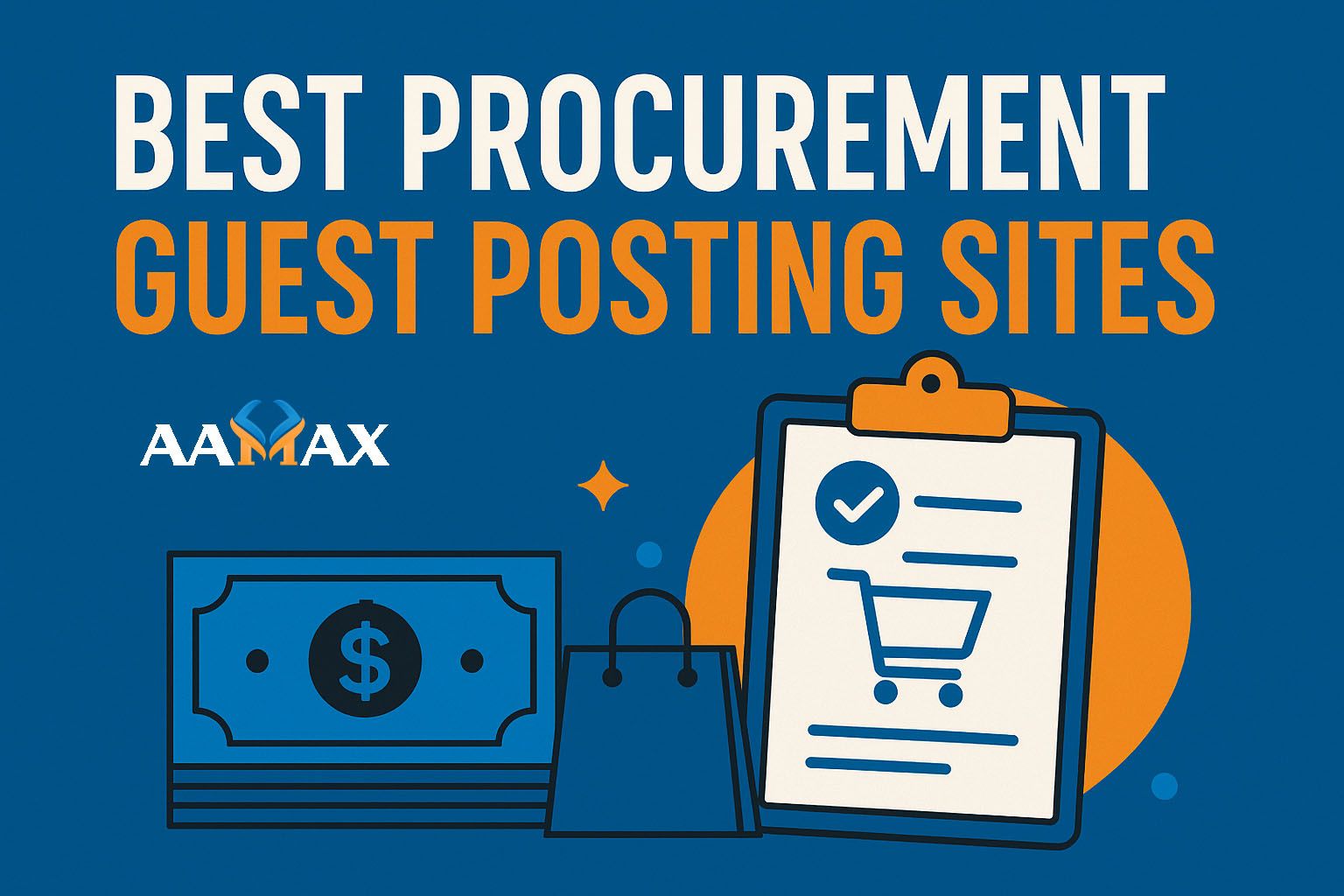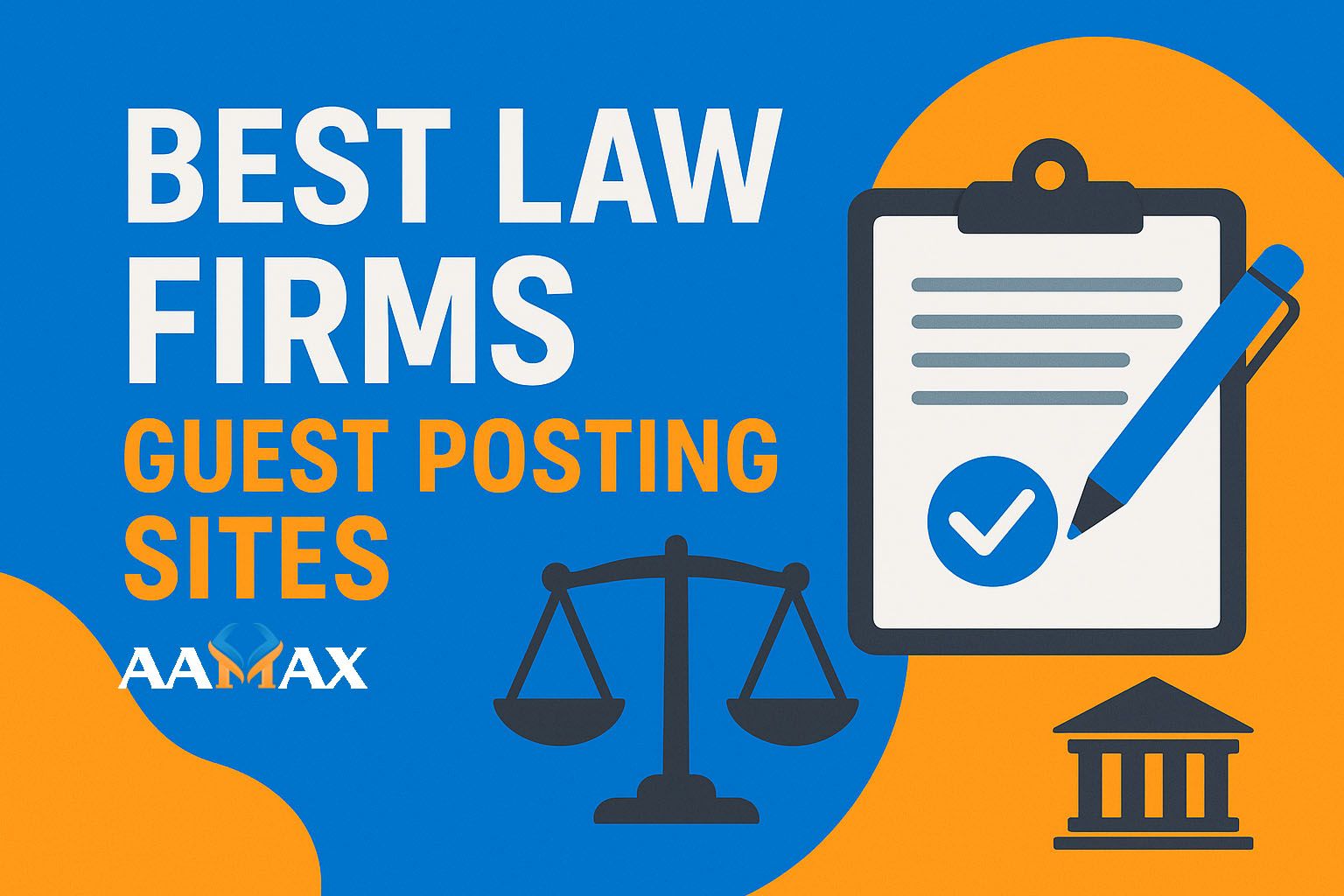
5 Steps to Getting in Google's Knowledge Graph
The Google Knowledge Graph is one of the most powerful tools for boosting your brand’s online visibility. If you’ve ever searched for a brand, person, or organization and seen a box on the right side of the search results showing images, facts, and quick links — that’s the Knowledge Graph in action. Getting into the Knowledge Graph can help your business stand out, build trust, and drive more clicks. But how do you get there? This guide walks you through 5 clear steps to earning your spot.
What is Google’s Knowledge Graph?
The Knowledge Graph is Google’s massive database of facts about people, places, organizations, and things. It pulls data from various sources — such as Wikipedia, official websites, and trusted databases — to present users with quick, reliable information. This information appears in a Knowledge Panel, which can display:
- Your company name and logo
- A brief description of your business
- Links to your website and social media
- Key facts like location, founding date, and industry
- Reviews and ratings
- Related entities
For businesses, appearing in the Knowledge Graph can improve credibility, brand recognition, and click-through rates.
Why Should You Aim for the Knowledge Graph?
Getting your business into the Knowledge Graph is more than just an SEO services win — it’s about owning more real estate in search results. Here’s why it matters:
-
Increased Visibility
Your brand appears in a prominent position, which naturally draws attention. -
Higher Trust and Authority
Users are more likely to trust a business that has an official presence in Google’s Knowledge Panel. -
Better Click-Through Rates
With your logo, description, and direct links displayed, you can capture clicks from high-intent users. -
Control Over Brand Information
While you can’t control every aspect of the Knowledge Graph, you can influence it to ensure accurate, up-to-date information.
Step 1: Establish a Strong and Consistent Brand Presence
The first step in getting into Google’s Knowledge Graph is ensuring that your brand identity is consistent across the internet. Inconsistent information confuses Google’s algorithms and reduces your chances of being included.
Key Actions:
- Use the same name, address, and phone number (NAP) on all online platforms.
- Keep branding consistent in logos, taglines, and descriptions.
- Maintain an up-to-date website with accurate contact and business details.
Google looks for patterns and reliable data sources. If your business details match across multiple high-authority websites, it’s easier for Google to verify your entity.
Pro Tip: List your business in reputable directories like Google Business Profile, LinkedIn, Crunchbase, and industry-specific listings.
Step 2: Create or Update Your Google Business Profile
A Google Business Profile (GBP) is a critical element in influencing the Knowledge Graph. This profile is often the first place Google pulls information for your panel.
Steps to Optimize Your GBP:
-
Claim Your Profile
Visit Google Business Profile Manage and claim or create your listing. -
Complete All Fields
Fill in your business name, category, description, address, hours, phone number, and website link. -
Add High-Quality Images
Include your logo, team photos, and images of your office or products. -
Encourage Reviews
Positive reviews not only boost local SEO but also enhance the credibility of your Knowledge Panel. -
Update Regularly
Keep your profile current with posts, events, and any changes to your business.
Step 3: Build and Leverage Structured Data Markup
Structured data markup (Schema org) helps search engines understand the content of your site. By adding schema to your website, you’re essentially providing Google with a clear map of your business information.
Recommended Schema Types for Businesses:
- Organization or LocalBusiness schema for company details.
- Logo schema to specify your brand logo.
- SocialProfile schema linking your social accounts.
- Website schema for site-level details.
Step 4: Build Authority with High-Quality Backlinks and Mentions
The Knowledge Graph relies heavily on trusted sources. If your business is mentioned and linked from authoritative sites, it signals to Google that you’re a credible entity.
Strategies for Building Authority
-
Get Listed in Authoritative Databases
Wikipedia, Wikidata, Crunchbase, and industry directories are valuable. -
Earn Media Mentions
Publish press releases and collaborate with journalists. -
Guest Posting
Contribute expert content to reputable websites in your industry. -
Partnerships
Align with well-known organizations and get featured on their websites.
The more often Google sees your brand mentioned alongside trusted sources, the more confident it becomes in adding you to the Knowledge Graph.
Step 5: Submit to Google’s Knowledge Graph and Monitor
While there’s no official “submit” button for the Knowledge Graph, there are ways to directly suggest edits and request recognition.
Actions You Can Take
-
Use the Feedback Link
If a panel for your business exists but contains errors, click “Suggest an edit” in the panel. -
Leverage Google Search Console
Ensure your site is indexed, healthy, and structured data errors are fixed. -
Engage in Entity Building
Publish comprehensive content about your business that connects to other recognized entities. -
Monitor Progress
Search for your brand regularly to see if your panel appears and how it evolves.
Common Mistakes to Avoid
Getting into the Knowledge Graph is not guaranteed, and certain mistakes can delay the process.
- Inconsistent Brand Information – Keep NAP data uniform across platforms.
- No Structured Data – Schema markup is essential.
- Low Authority Sources – Avoid relying on low-quality directories.
- Neglecting Updates – Outdated business details hurt your chances.
How Long Does It Take?
Timelines vary. Some businesses get into the Knowledge Graph within a few months, while others may take a year or longer. Factors that influence speed include:
- The strength of your brand presence
- Number of high-authority mentions
- Quality and completeness of structured data
- Google’s indexing schedule
Final Thoughts
Getting into Google’s Knowledge Graph takes strategic effort, but the rewards are worth it. You’ll gain more visibility, establish credibility, and drive higher engagement. The key is to be consistent, authoritative, and transparent in all your online activities.
If you want expert help with SEO, structured data, and brand visibility, you can AAMAX — a full-service digital marketing company offering Web Development, Digital Marketing, and SEO services. With the right approach, your brand could be the next one to stand out in Google’s Knowledge Graph.







